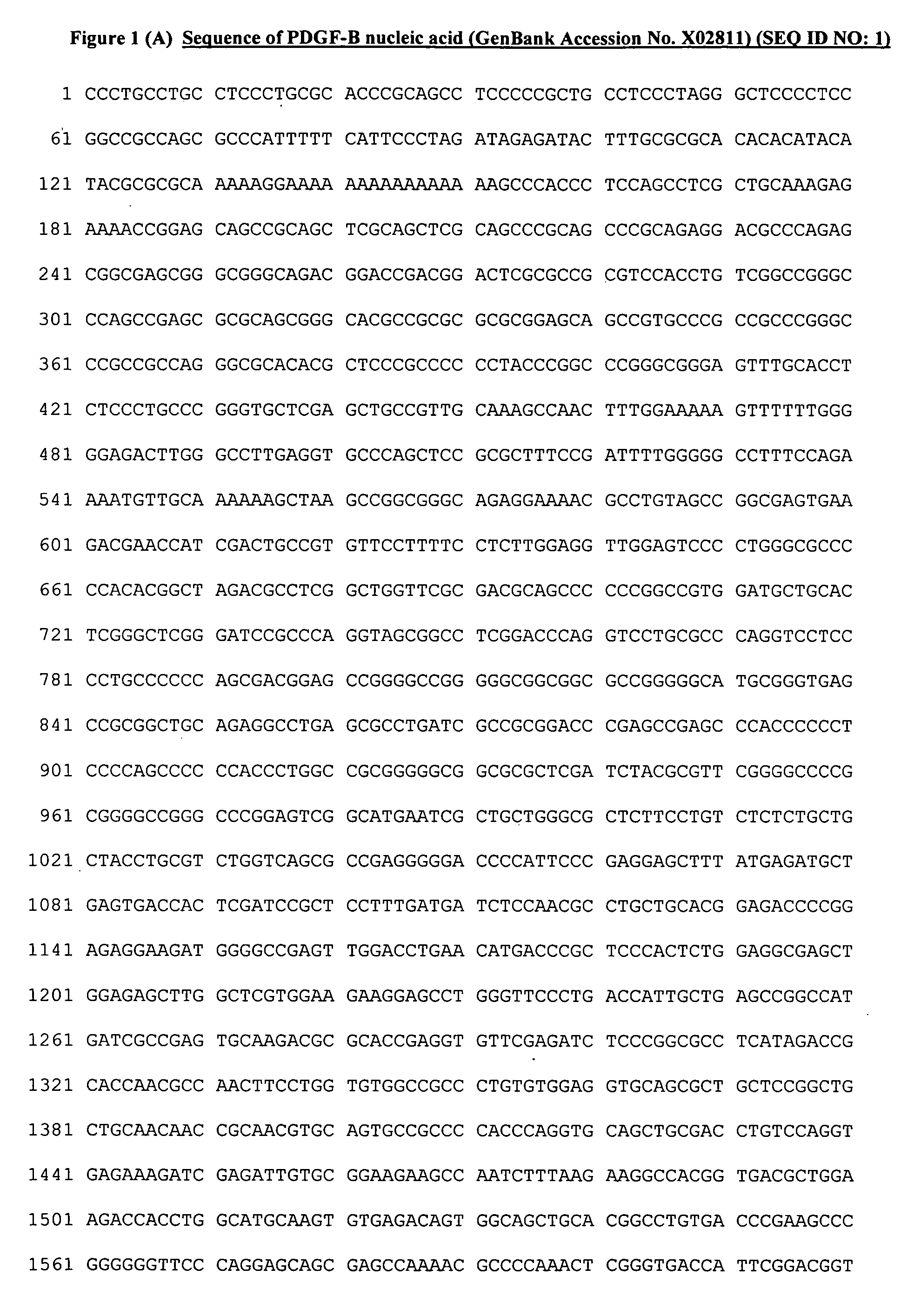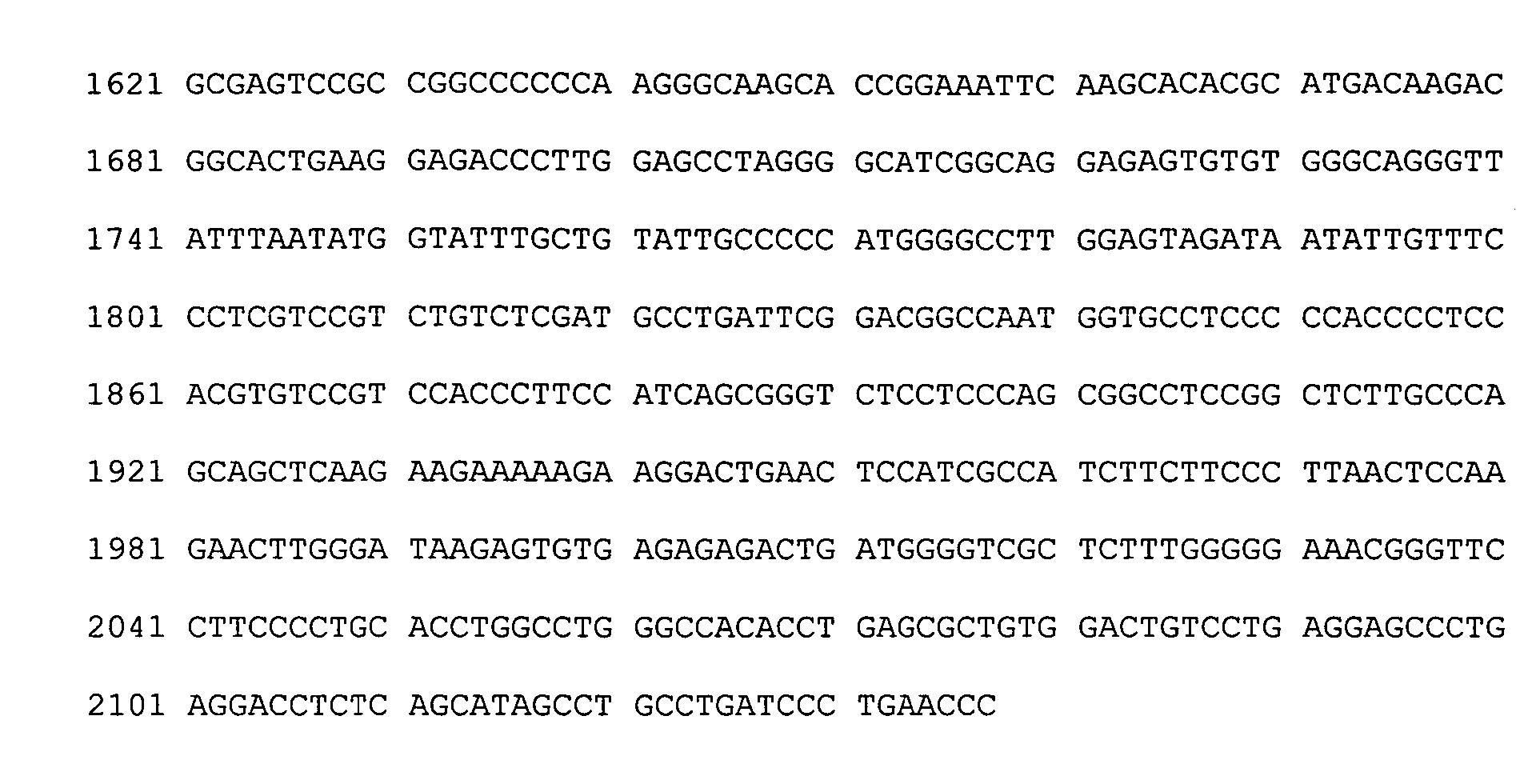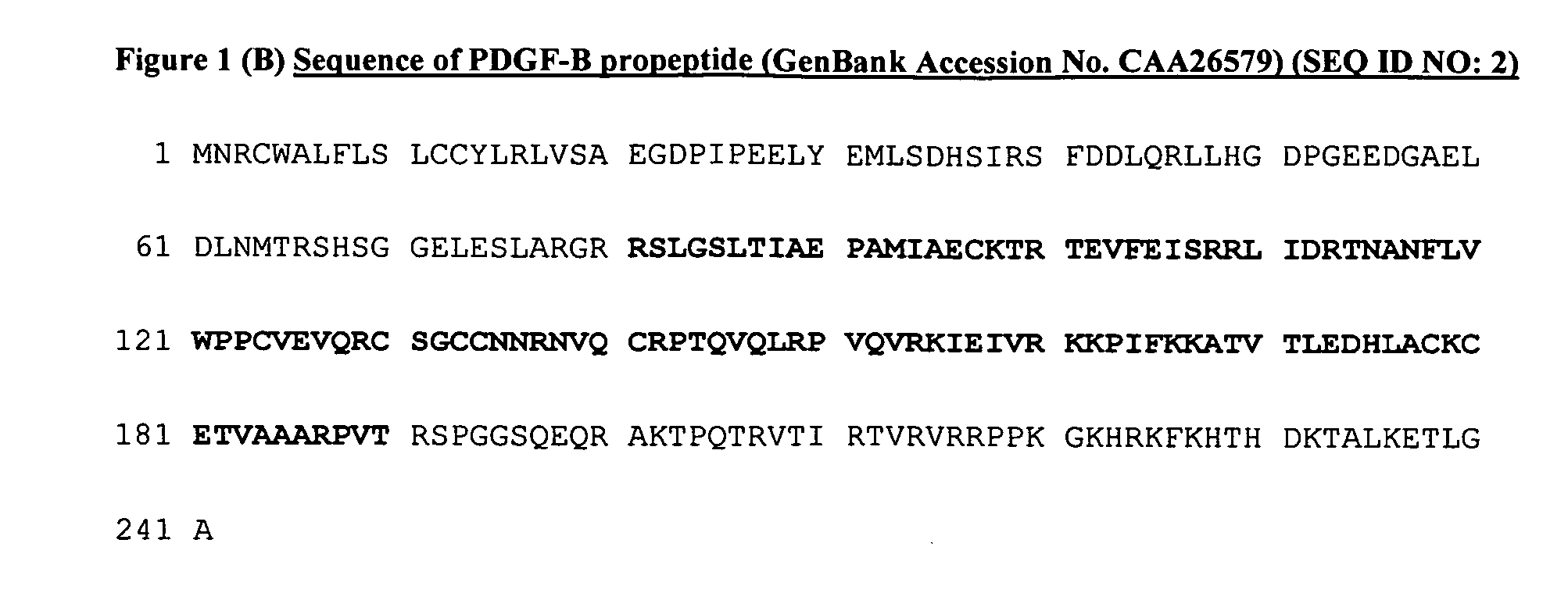Combination therapy for the treatment of ocular neovascular disorders
a technology of ocular neovascular disorders and combination therapy, which is applied in the field of ophthalmology and medicine, can solve the problems of preretinal hemorrhage, exudate and hemorrhage, and increase in blood flow
- Summary
- Abstract
- Description
- Claims
- Application Information
AI Technical Summary
Benefits of technology
Problems solved by technology
Method used
Image
Examples
example 1
Corneal Neovascularization (Corneal NT)
[0282] Corneal Neovascularization is a widely used animal model that allows clear visualization of abnormal vascular growth in the eye. The vessels that grow into the normally avascular cornea, can become well established, making this an attractive model to study vessel regression. To induce experimental corneal NV, male C57BL / 6 mice (18-20 g; Charles River, Wilmington, Mass.) were anesthetized with intramuscular ketamine hydrochloride (25 mg / kg) and xylazine (10 mg / kg). NaOH (2 ul of 0.2 mM) was applied topically. The corneal and limbal epithelia were removed by applying a rotary motion parallel to the limbus using #21 blade (Feather, Osaka, Japan). After 7 days, mice were treated with intra-peritoneal injections of 25 mg / kg of pegaptanib sodium (Macugen™ (Eyetech Pharmaceuticals, New York, N.Y.), an anti-VEGF aptamer agent also known as EYE001) twice a day or by oral administration of 50 mg / kg of Gleevec® / STI57 ((also known as CGP57148B) a 2...
example 2
Choroidal Neovascularization (CNV)
[0285] Experimental CNV is often used as a model for Age-related Macular degeneration (AMD). In this model, vessels of the choroid grow through breaks in Bruch's membrane and into the retina, similar to what is observed in AMD patients. To induce experimental CNV, male C57BL / 6 mice (18-20 g; Charles River, Wilmington, Mass.) were anesthetized with intramuscular ketamine hydrochloride (25 mg / kg) and xylazine (10 mg / kg) and the pupils were dilated with 1% tropicamide. Four burns were generated using diode laser photocoagulation (75-μm spot size, 0.1-second duration, 90 mW, Oculight SL laser, IRIDEX, Mountain View, Calif.) and a hand-held cover slide as a contact lens. Burns localized to the 3, 6, 9 and 12 o'clock positions of the posterior pole of the retina. Production of a bubble at the time of laser, which indicates rupture of Bruch's membrane, is an important factor in obtaining choroidal neovascularization, so only mice in which a bubble was pro...
example 3
Neonatal Mouse Model
[0288] The effect of administering pegaptanib sodium (Macugen™), and ARC-127 (Archemix Corp., Cambridge, Mass.), a PEGylated, anti-PDGF aptamer having the sequence CAGGCUACGN CGTAGAGCAU CANTGATCCU GT (see SEQ ID NO: 146 from U.S. Pat. No. 6,582,918, incorporated herein by reference in its entirety) having 2′-fluoro-2′-deoxyuridine at positions 6, 20 and 30, 2′-fluoro-2′-deoxycytidine at positions 8, 21, 28, and 29, 2′-O-Methyl-2′-deoxyguanosine at positions 9, 15, 17, and 31, 2′-O-Methyl-2′-deoxyadenosine at position 22, hexaethylene-glycol phosphoramidite at “N” in positions 10 and 23, and an inverted orientation T (i.e., 3′-3′-linked) at position 32, or both on the developing vessels of the retina was investigated. Neonatal C57BL / 6 mice were injected daily (in the intra-peritoneal cavity) with 100 μg of ARC-127 or 100 μg of Macugen or both, starting on postnatal day 0 (P0). Mice eyes were enucleated at P4. The retinal vasculature was visualized in flatmounted ...
PUM
| Property | Measurement | Unit |
|---|---|---|
| pH | aaaaa | aaaaa |
| concentration | aaaaa | aaaaa |
| concentrations | aaaaa | aaaaa |
Abstract
Description
Claims
Application Information
 Login to View More
Login to View More - R&D
- Intellectual Property
- Life Sciences
- Materials
- Tech Scout
- Unparalleled Data Quality
- Higher Quality Content
- 60% Fewer Hallucinations
Browse by: Latest US Patents, China's latest patents, Technical Efficacy Thesaurus, Application Domain, Technology Topic, Popular Technical Reports.
© 2025 PatSnap. All rights reserved.Legal|Privacy policy|Modern Slavery Act Transparency Statement|Sitemap|About US| Contact US: help@patsnap.com



